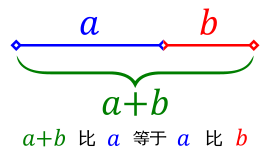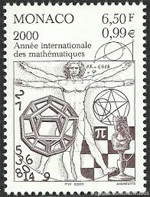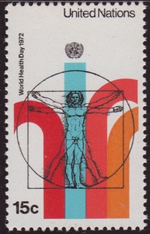MATHINFINITY

Divine Proportion and Vitruvian Man
In 1496, Francisican friar, Luca Pacioli, started teaching in the Court of Milan that was under the control of Ludovico Sforza. Leonardo da Vinci learned geometry from him, and he also gained his ability in art appreciation. In 1509, in his book Divine Proportion published in Venice, he praised that the golden ratio was the highest expression of God's appearance. Due to this description, the golden ratio became a popular topic in those days.
The Vitruvian Man is a famous illustration of Leonardo da Vinci. According to his observation of the human body and research of the works by Roman architect, Marcus Vitruvius Pollio, Leonardo da Vinci had drawn the human body in perfect proportions using the concept of golden ratio.

- A palm is four fingers.
- A foot is four palms.
- A cubit (length of forearm) is six palms.
- Four cubits (24 palms) make a man.
- A pace is four cubits.
- The length of the outspread arms is equal to the height of a man.
- From the hairline to the bottom of the chin is one-tenth of the height of a man.
- From below the chin to the top of the head is one-eighth of the height of a man.
- The maximum width of the shoulders is a quarter of the height of a man.
- The distance from the elbow to the fingertip is a one-fifth of the height of a man.
- The distance from the elbow to the armpit is one-eighth of the height of a man.
- The length of the palm is one-tenth of the height of a man.
- The distance from the bottom of the jaw to the nose is one-third of the head.
- The distance from the hairline to the eyebrows is equal to one-third of the face.
- The length of one ear is one-third of the face.



Interactive Game
There are two big and small extendable frames showing the human body proportions. Try to measure your body parts to see if they are in perfect proportions.
Did you know?

The growth and appearance of numerous kinds of animals and plants found in nature are closely related to the golden ratio. However, this is not just a coincidence. They are actually the result of the survival of the fittest after billions of years of evolution.
About CMM
Contact US
Others
Other Websites
Number of Visitors:
Last Modified Date: 10/03/2025